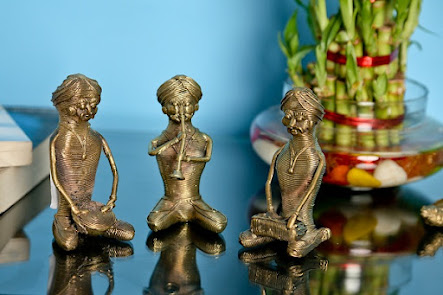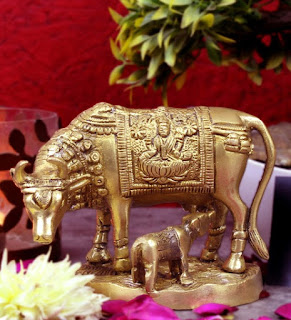5 Home Décor Products for Traditional Appearance

Traditional décor is an expansive category that includes various decorating styles from French country to neoclassical. Think classic furnishings, elegant wallpaper, beautiful curtains, antique accents, patterned or textured rugs, statement lighting, and last but not least, thoughtful color schemes. But do not think spaces like these feel overdone or stuffy. These days’ interior designers are giving traditional style a fresh and modern twist. Symmetrical Interior Design The color palette sticks to neutral tones underscored by velvety, metallic accents. Catch the symmetry in the space that shows credit — the end tables, mirrors, and lamps flanking the fireplace. The wallpaper brings a delicate pattern as living room decorative items online India . The impressionist painting over the fireplace lends warmth. 1. Argha Spoon The Advitya introduces Brass Storage Box Container for great storage capacity and fashionable design. It can be ...
